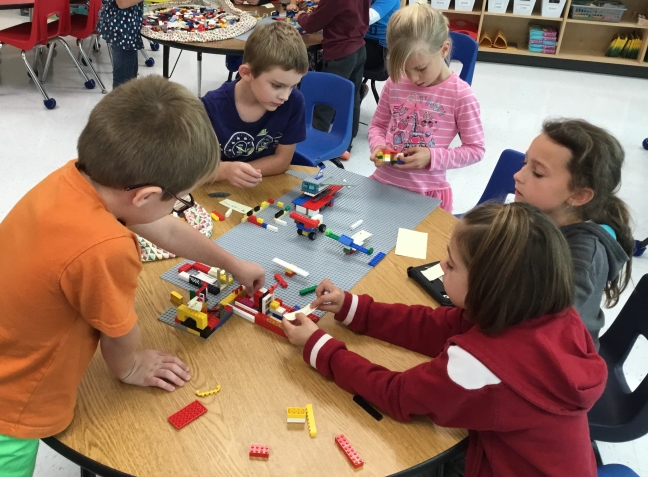The lack of imagination is the source of all adversity in our world. Now, more than ever, we must empower our students to tap into the awesome creative potential that rests within the imagination. So, how do we explicitly remediate creativity?
All students have the ability to create, yet if left undeveloped, rigour mortis of the imagination sets in and becomes a distant memory of happier, childish times. Imagination, when taken seriously, offers infinite possibilities, not necessary bound by the rules of logic, the world or political views. Too often, students fail to explore their own imagination, especially when it comes to dreaming up solutions to the problems of the day. As the child progresses through the education system, students perceive their own ideas as foolish and are taught to always appeal to the ‘experts’. Gradually the notion of “until I am taught or told what to do…I am wrong” creeps in, turning potential Speilburg’s into passive consumers of content and wikis.
As educators, we must turn this limiting way of thinking on its head, challenging students to dive into themselves for the answer; to dream big and to find the ways their own solution can work.
The starting point of any inquiry should begin with the assumption that the solutions we have are correct, have value and may potentially transform the world. No doubt, experts can shed light on our journey of discovery and help us to better form feasible solutions. However, any creative journey must start with a belief in our own wellspring of ideas and awesome solutions that have been amassed over the years.
So, as educators, we first must reorient or question the role of the imagination from idle daydreaming of no consequence to a realm of incredible value where real solutions to complex problems can be found. Insofar as the imagination offers infinite possibilities, it forces us to consider solutions or perspectives that may be far outside the realm of possibility. Yet, in doing so, we tap into a creative space where the impossible can become possible. Whether it be equality for all, manned space travel or ecological sustainability, these dreams begin in the imagination and are only made manifest when the creative spirit brings it into existence.
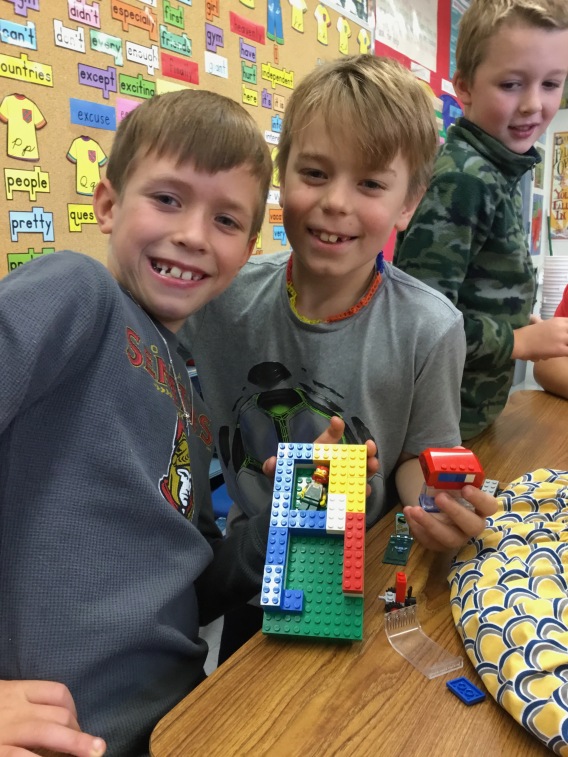
If we want our students to become the problem solvers of tomorrow, we must recognize the overwhelming value of the imagination. Secondly, we must understand that, like a muscle, if the imagination is not used or developed, it is lost. When facing the problems of today, do we not want our students to consider an infinite number of possibilities before a solution is chosen? Thirdly, the creative act brings the ideas of our imagination into being. Creativity, like any other skill set, must be practiced, rehearsed and refined to improve the efficiency of the act but also its ability to capture the full potential of any imaginative solution. More often then not, students are often criticized for ‘not thinking’, yet if the imagination is undervalued and creative expression is not practiced, are they truly able to think for themselves or do they simply default to popular option or pre-baked responses?
So, let’s get to the meat and potatoes, how do we teach students to value their own imagination and provide students with the creative opportunities to make that manifest. In short, how do we remediate creativity?
I believe that it begins in small ways:
Designate Time for Imagination: When designing classroom tasks, mandate a portion of the learning sequence to include the brainstorming a variety of solutions when facing a single problem. In my classroom, this happens in all subject areas and this process is carefully documented. Students will oftentimes rush to their first idea, without taking the time to reflect on other possible solutions. At first, the students are frustrated with this, but, as this skill is practiced and reinforced, it quickly becomes second nature. It also allows for better ideas and solutions, once the tap of imagination is opened. Specifically, it calls on a student to imagine different perspectives and contexts, leading to a wide range of solutions that ultimately cross-pollinate into a feasible original solution.
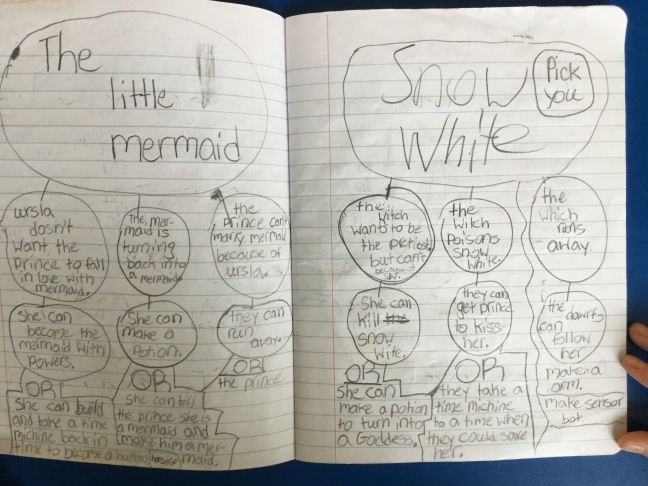
LEGO Metaphor Speak: In my opinion, LEGO® Serious Play® and Build to Express® is one of the most powerful learning solutions I have ever used. The technique assumes that the participants have many rich answers that need to be expressed concretely, through the LEGO® medium. Click here to read about how I have used it in a variety of contexts at all grade levels for many years now with outstanding results. In short, I have discovered that it can be the best way of engaging and channelling the imagination. LEGO® metaphor speak is a creative boot camp for the brain, training participants to regularly engage in the imaginative process. For now, take a look at this video to learn the basics of what it can do.

Maker Space: While this movement is sweeping the education system, I believe that by enshrining the imagination as the primary source of the creative mind, Maker Space moves from crafting to a space where the creative process and be systematized, practiced and refined. While individuals all have different ways of going through the creative process, Dana MacDonald and I have developed concrete methodologies and protocols that help to guide the student through the process. As the creative skill sets are learned and strengthened, students will better be able to choose the strategies that work best for them. Check out some of my blog posts that features how we have done this with our students.
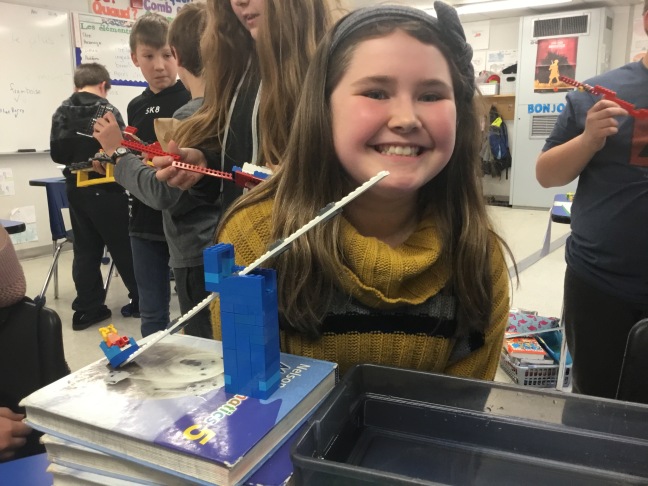
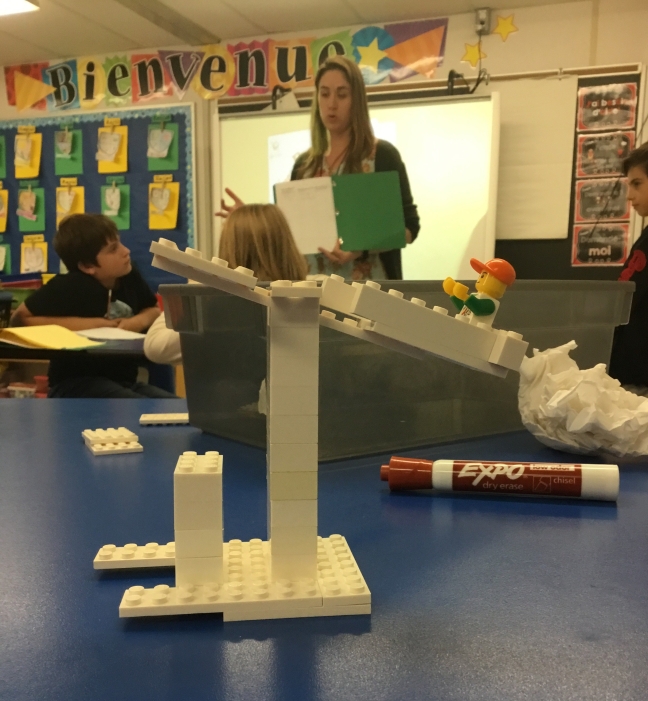

Challenge-Based Learning: Like Maker Space, Challenged-Based Learning provides students to engage in problems where there are no clear or obvious solutions. For many of my challenges, no solution already exists on the Web because the task forces the students to create their own answers that spring from the creative mind. Incidentally, plagiarism has never been an issue for me. Whether it be creating the culture of a newly discovered tribe or building security solutions for fictional characters, students are challenged to dive into their own imaginations, to create both unique problems to solve and tailored and original solutions.
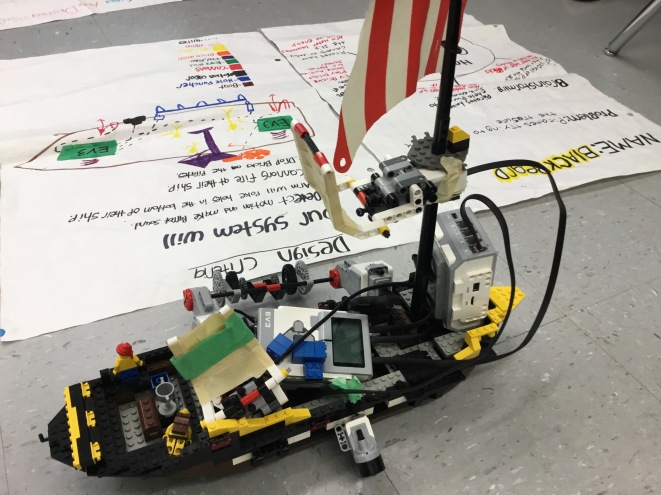
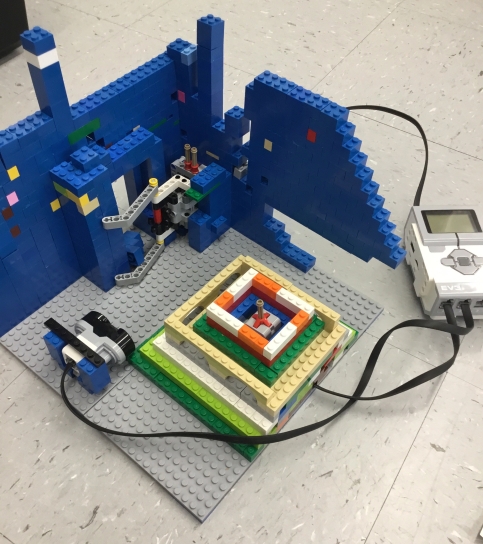
As this blog post quickly expands into a short treatise, readers are encouraged to check out some of my other blogs that dive deeper into the aforementioned topics; through case studies, happy failures and student outcomes!
